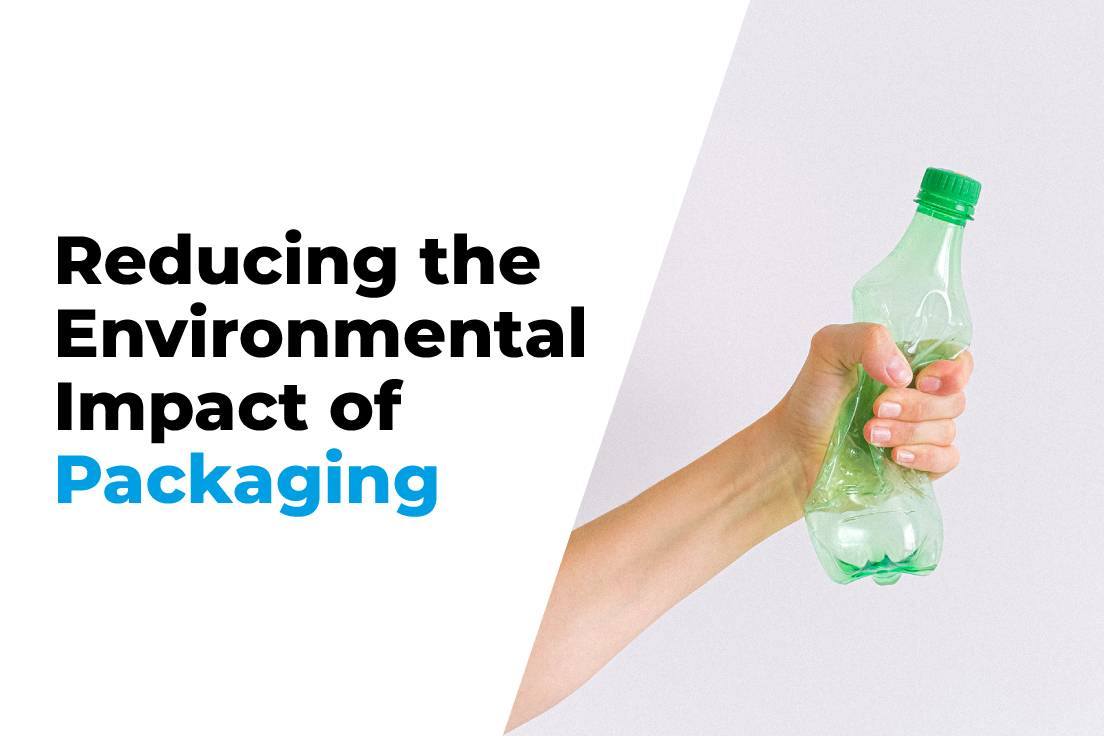When people think of discarded plastics, they tend to picture water bottles, plastic bags, appliances and e-waste.
However, a National Geographic article points to the reality — that almost 40 per cent of all plastic waste is packaging. And the numbers are increasing.
The good news is there are solutions on the horizon.
Many players in the plastics sector — including manufacturers, recyclers, governments, non-governmental organizations (NGOs) and industry associations — have expressed their commitment towards a circular economy — a sustainable long-term solution to the discarded plastic packaging problem.
This commitment comes to live through the Ellen MacArthur Foundation’s Plastics Pact.
Let’s have a look.
The Plastics Pact
The Ellen MacArthur Foundation has launched its New Plastics Economy with a vision for a global plastics system in which plastics never become waste. It’s a commitment to a true circular economy where plastics are diverted from becoming waste in the first place by moving away from the linear take-make-waste model and re-thinking the way we design, use and reuse plastics.
The Plastics Pact includes a network of cross-border initiatives, united governments, businesses and citizens behind an ambitious set of local targets to:
- Eliminate unnecessary and problematic plastic packaging through redesign and innovation
- Move from single-use to reuse where relevant
- Ensure all plastic packaging is reusable, recyclable, or compostable
- Increase the reuse, collection, and recycling or composting of plastic packaging
- Increase recycled content in plastic packaging
Pursuing these objectives requires industry action through partnerships and innovation.
Enabling Renewal through Partnerships
From collection to recycling to compounding then distributing, plastic recycling has many components. No single organization can do it alone. Everyone’s success is built on meaningful, collaborative partnerships.By working together with different organizations, manufacturers can enable a system where plastic packaging doesn’t have to go to waste.
Lavergne has a history of taking Ocean-Bound Plastic (OBP) packaging such as water bottles, and giving it a new life as new products.
In 2019, Lavergne collaborated with HP to incorporate OBPs into their printer cartridges.
Partnerships such as this pave the way to introducing circular economies into our everyday lives. In many ways, this collaborative work marks the future for plastics recycling, where key partnerships drive innovation and enable a circular economy and reduce single-use waste.
Scaling through Innovative Recycling
Recycling is an essential step towards sustainability. To have long-term and widespread impact, however, it must be scaled.
Innovation is key to expanding recycling capabilities. Lavergne continuously invests in research & development and implementing new recycling technologies.
Looking at Lavergne’s process we can point to three innovative practices that have helped scale-up operations and quantities and improve quality:
- Automation: Automatically Separating by Type and Colour — When old plastics enter the Lavergne facility, and after they are cleaned and shredded, the plastic flakes are separated by type and colour. Lavergne’s automated system can identify and sort the individual flakes by plastic types, and also by colour, as black, white and “mixed” coloured plastics are automatically separated.
- Using recycled materials from multiple sources — Lavergne adds fresh recycled materials from different sources. In the case of HP ink cartridges, we use the recycled ink cartridges as a solid base, then add materials from other sources like empty water bottles made with valuable PET.
- Using additives to protect the molecular chain — In the Additive Mixing Center, the base polymers are melted and blended with additives — Lavergne’s “secret sauce” — to rebuild and strengthen the molecular chain. In our Reactive Compounding Center, we take the process a step further by strengthening the plastic’s molecular structure, creating a stronger, more resilient resin.
The innovative steps are entirely automated and overseen within a strict quality assurance process.
Lavergne is a Leader in Finding Solutions
Lavergne is helping the plastics industry make significant progress in recycling packaging waste into new high quality, recycled plastic resins,divert ocean-bound plastics and embrace the circular economy. Renewal and innovation are at the heart of what we do. It’s more than just recycling — it’s an innovative, new way to make great plastics.
At Lavergne, we make plastic circular.
Subscribe to the Lavergne Newsroom today.


